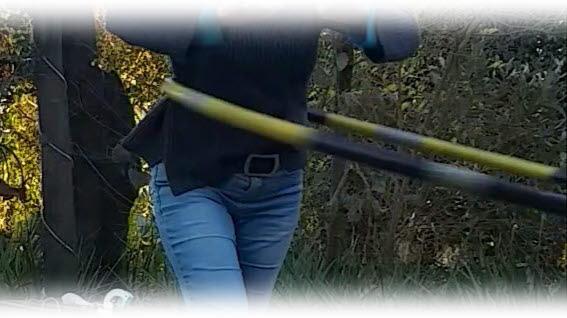Easter is just around the corner.
Adults associate Easter with different things like religion, long weekends and stuff like that. Many kids see it as a time to have a chocolate bunny or egg. In some households, there is a tradition of hiding goodies for children to find – usually outdoors. Brightly coloured bunnies poke their heads out of bushes and eggs nestle in odd places where no self-respecting chicken would ever dream of laying.

This year we decided to do something fun – an Easter egg hunt with a difference!
We’ve painted lots of pebbles and rocks and we’re going to hide them around the neighbourhood for other people to find. They can either keep them… or hide them again in another place for somebody else to come across.
“Yeah, yeah, Sibo,” I hear you saying, “what’s this got to do with me? I just can’t wait to get my teeth into a yummy choccy egg – not a painted stone.”
“Well… I was hoping that you’d join us, and paint a pebble or two and hide them in your neighbourhood, where ever you are in the whole wide world.”
You could team up with a friend or two, share paint and have some fun in the process. Your stones can be as fancy or as simple as you please. If you don’t have paint, you could draw on them with felt-tip pens, chalk, nail varnish or anything else. You could even stick a pretty picture on a stone.
You don’t have to go far to hide them either – you could simply put one in your neighbour’s post box. They wouldn’t know it was from you.
The whole point of this is to give something pretty to somebody else.
Ginny gets her paint from PNA in Silverwater Crossing – it is acrylic (waterproof) and costs around R20 for a little pot. You only use a teensy bit of paint on these stones. She uses a stick and the back of an old ballpoint pen (she uses the tip, too) to decorate the stones. They’re mainly a series of dots, all joined together to make flowers. Sometimes she goes overboard and they look a bit crazy, but they’re still pretty.
If you don’t have any stones, you could always use bottle tops – those work nicely too.
If you decide to join in the fun, why not post a photo of your creation on Sibo’s Facebook page—we’d love to see your ideas.
So… if you live in the Meyerspark area in Pretoria East, keep an eye out next weekend—over 150 painted pebbles and stones are going to be hidden over Easter.




































